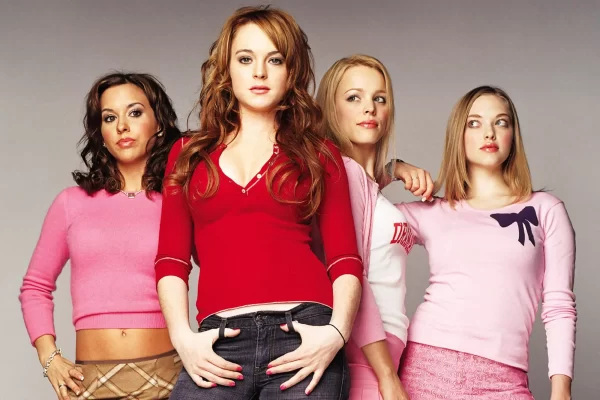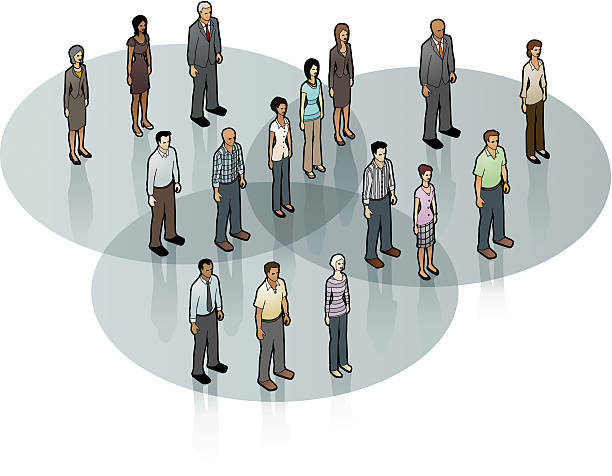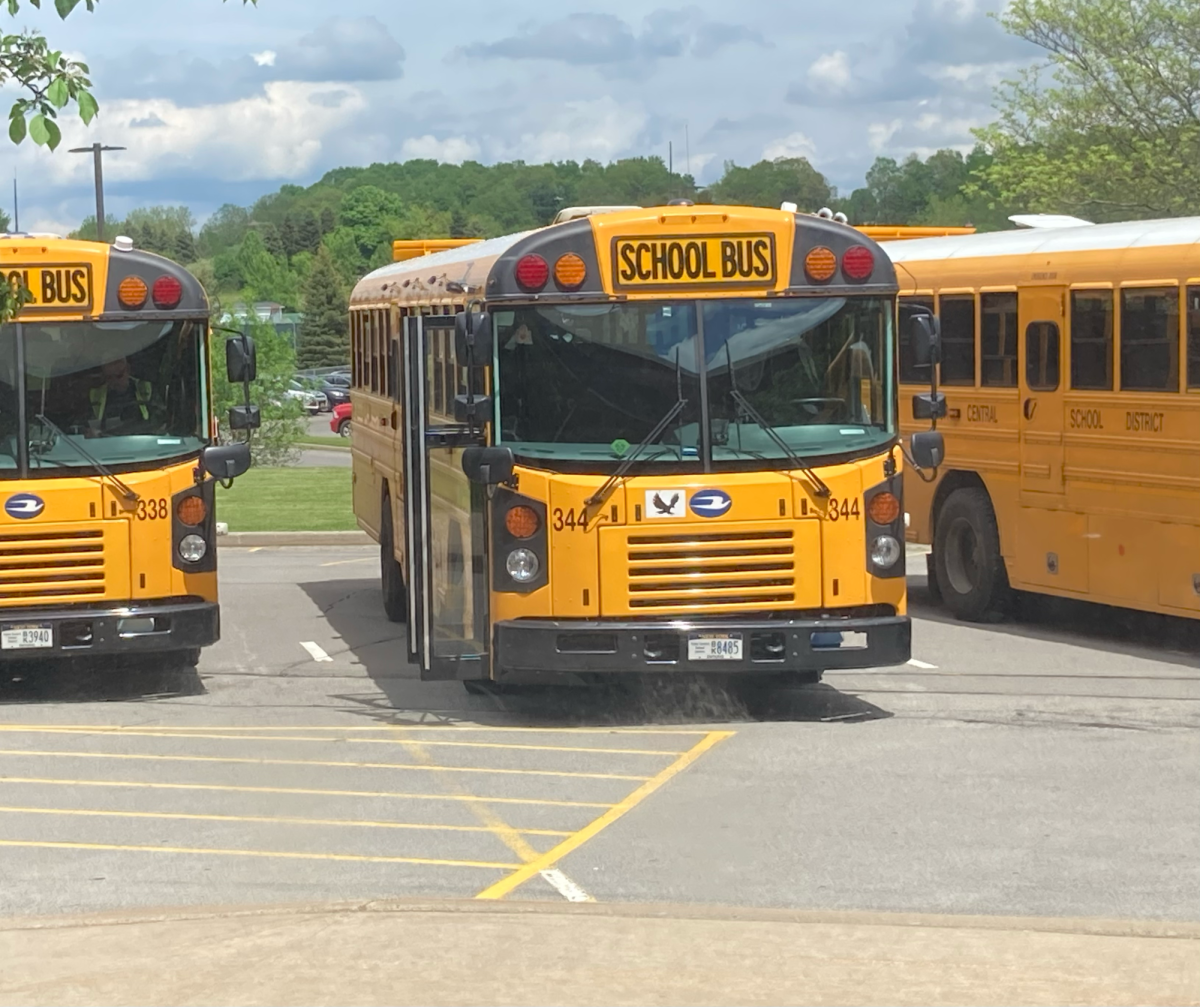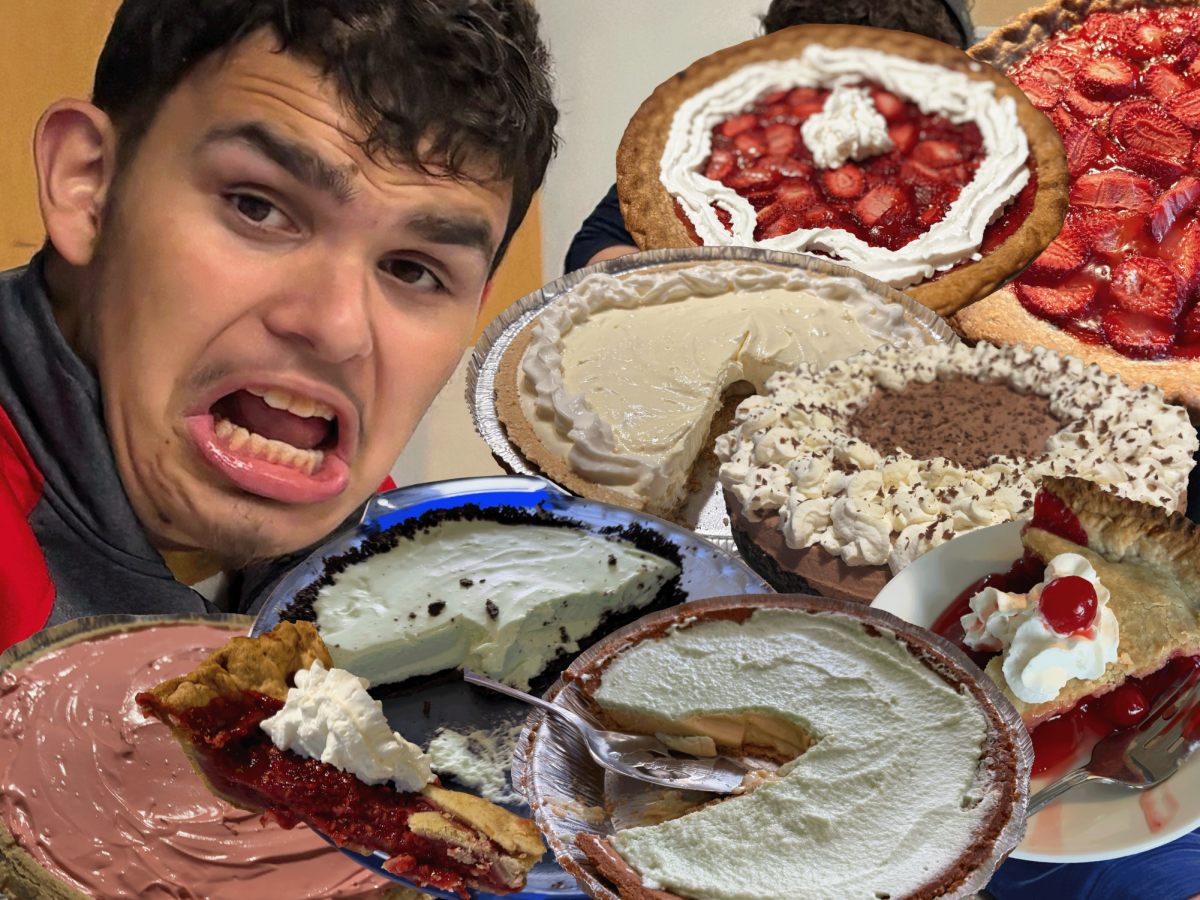Cliques are a concept that most people are familiar with. We all have our hobbies and our activities, that format us into groups perhaps without intention. Humans have a natural tendency towards categorization of things, especially people. This eventually leads to trends and stereotypes in society.
A common debate consists of whether or not our affinity for grouping and categorizing is beneficial, or if it creates more of an obstacle. According to a study by the National Library of Medicine, when our ability to fit things into the confines of categorization is applied to a social setting, “…social categories organize people’s vast knowledge about human attributes and about the complex relationship networks that comprise human social life.”
Essentially, this makes it easier for people to navigate the complexities of sociality. However, this can have some downsides. National Library of Medicine deduced that setting social classifications can create tensions among groups, “leading them to be partial to members of their own group (ingroup) relative to those from other groups (outgroup) in terms of social preferences, empathic responding, and resource distribution.”
Now for the main question: Does Victor High School have “cliques”?
It would be difficult to deny the idea that our school does have social categories; all schools do. And while it may not be on a level as obvious as Mean Girls, they do still exist on a high level.

Throughout interviews with the student body, the consensus seems to be that there are a few distinct “cliquey” groups that stand out more than others: the cheerleaders, anyone who plays lacrosse, DECA, and the theater program. However, all of the bigger sports at Victor such as hockey, football, basketball, soccer, and baseball were also mentioned.
This is all very understandable considering Victor’s attention to competitive sports. The high school is known for the athletic programs it provides, and because that is an acknowledged fact, students most likely feel as though they would fit in better if they joined a sport.
Another interesting observation from Sophomore Tessa Fontaine was that we all seem to have “a variety of groups that we belong to”. While the cliques do exist, there seems to be a bit of variability among the social interactions.
While I do see this to be true, I only see this to an extent. It seems that many of the more athletic “cliquey” groups do seem to intermingle. However, you don’t see very many of the athletes interacting with the theater kids, for example.
There is also the concept of cliques being formed from a socioeconomic standpoint. Victor does have a lot of wealth diversity and distribution, and it would be unrealistic to assume that the economic standing of families doesn’t play a role in how we group ourselves.
While we as a school do a good job making an effort to try to be inclusive, it’s hard to avoid the natural formation of cliques and groups due to human nature. However, at Victor, we are very good at making sure everyone has a place to fit in, which helps in terms of inclusivity.








